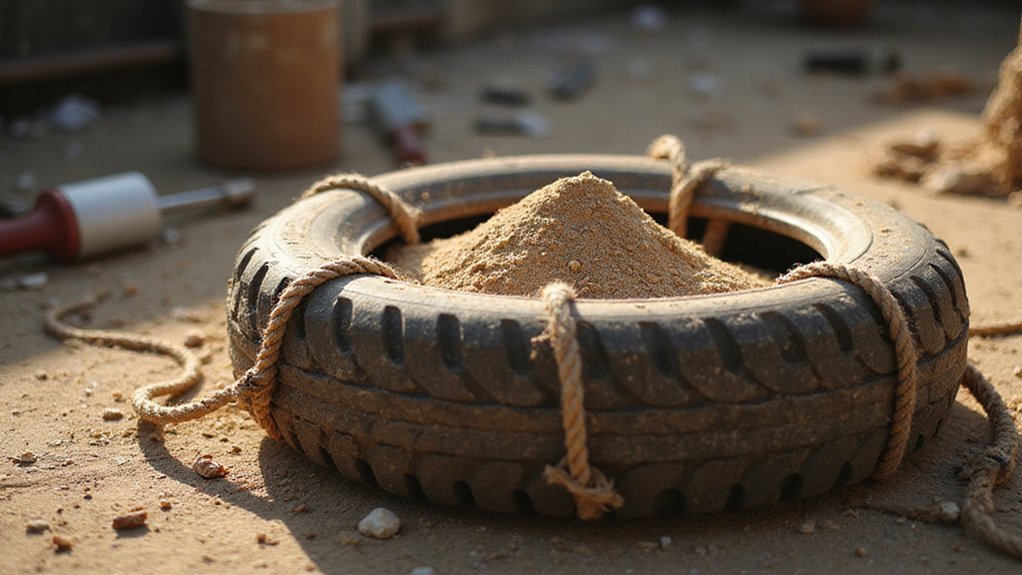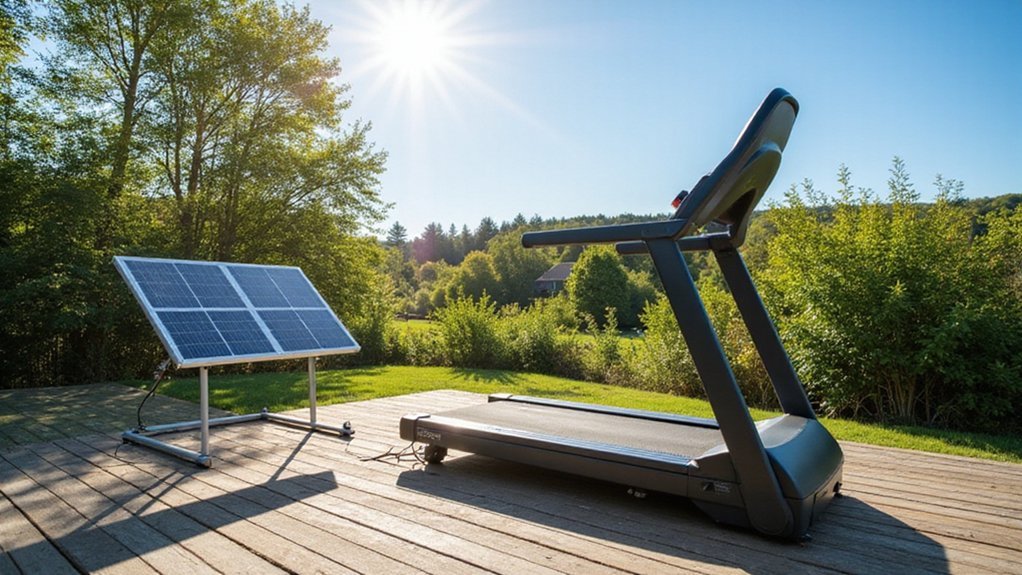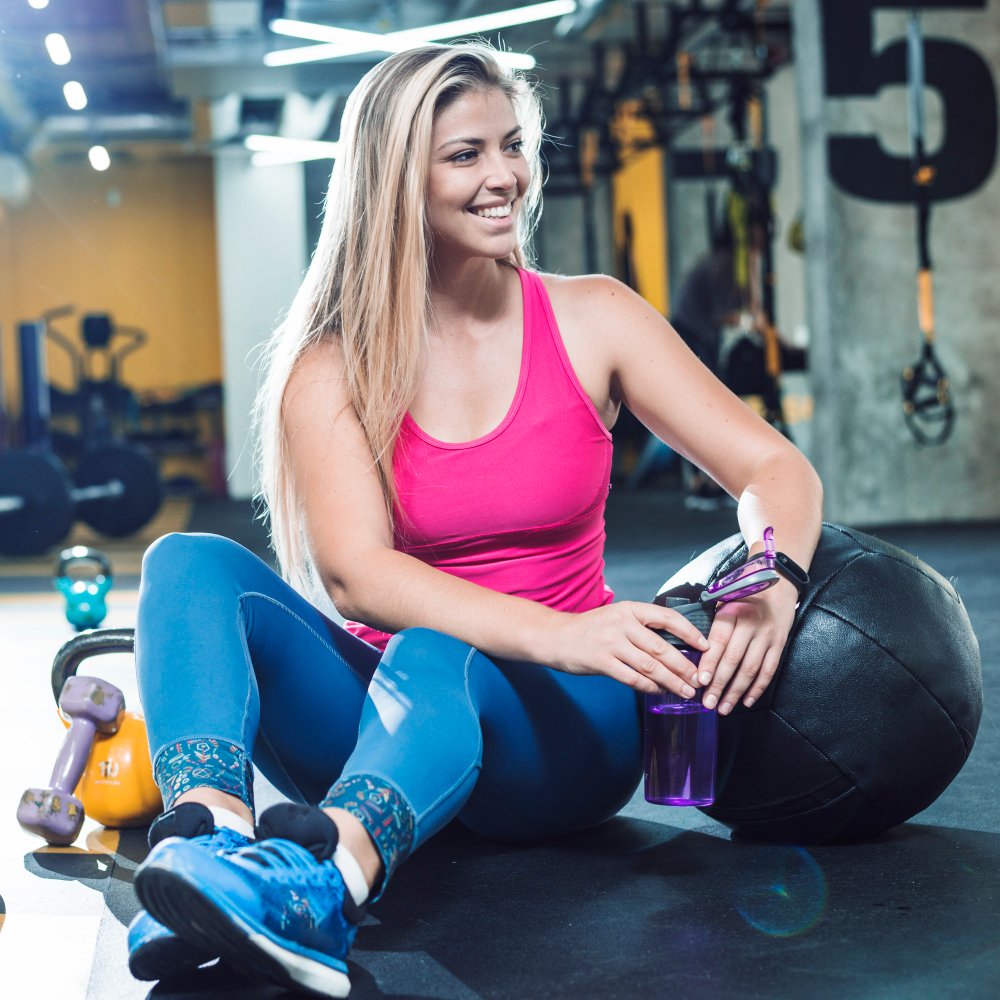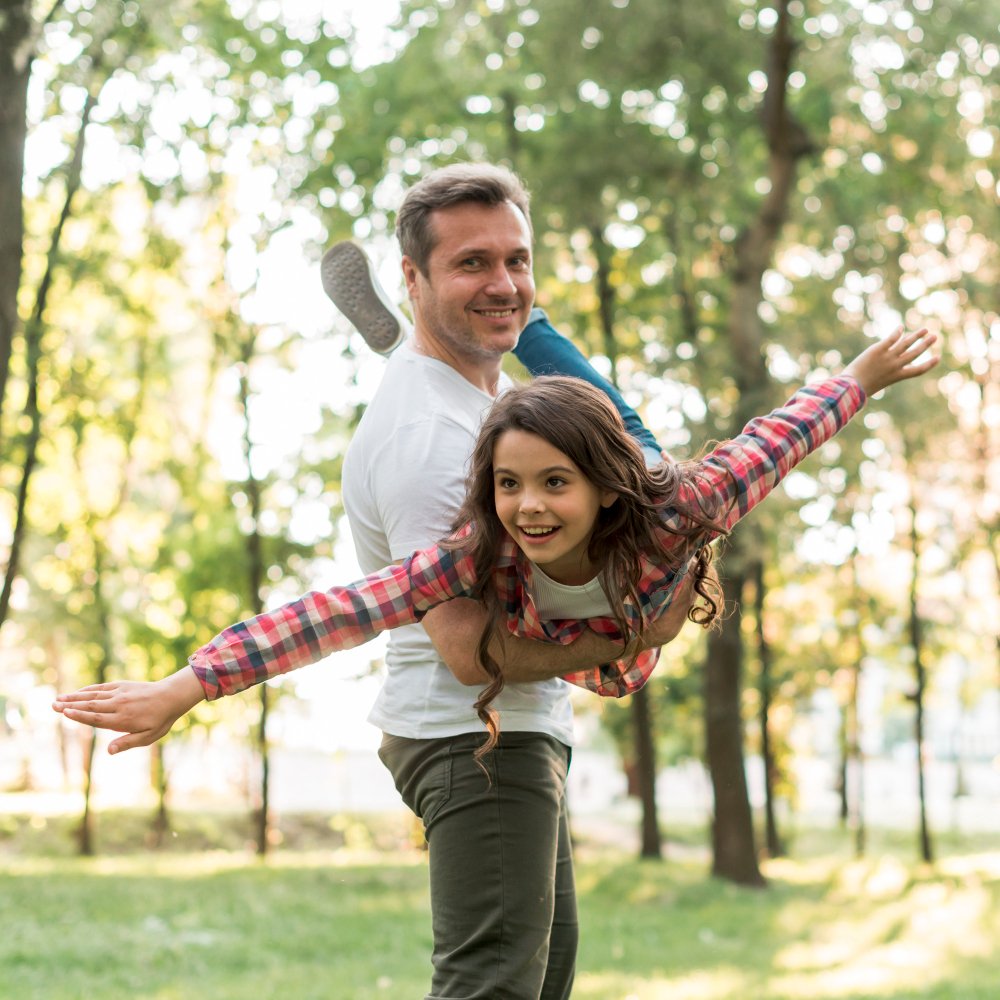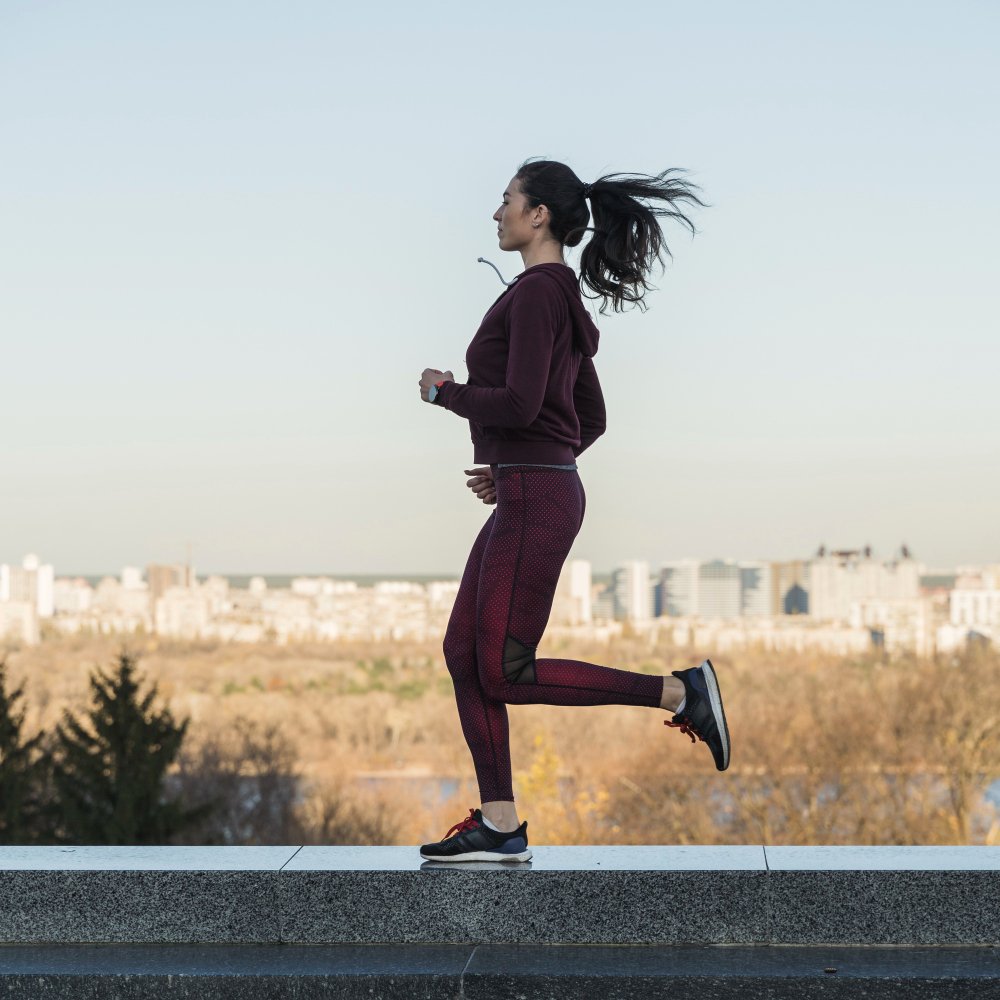Counterbalance mechanics in amputee rehabilitation aren’t just about compensating for missing limb mass—they’re about strategically reengineering your body’s movement potential. You’ll discover that effective strength training isn’t solely about muscle development, but about understanding how weight distribution fundamentally transforms your mobility. Your neuromuscular system can be systematically retrained to optimize stability, movement efficiency, and functional independence. Curious how these precise techniques can reshape your physical capabilities?
Key Takeaways
- Develop core strength and stability through targeted muscle engagement, focusing on compensating for limb differences and improving overall balance.
- Utilize single-leg exercises and dynamic movement sequences to enhance proprioceptive awareness and redistribute body weight effectively.
- Incorporate resistance training with bodyweight exercises and bands, progressively increasing complexity to build strength and muscular symmetry.
- Practice strategic weight shifting techniques that leverage center of gravity control and improve neuromuscular coordination for amputees.
- Implement low-impact, gradual progression protocols under professional guidance to ensure safe and effective strength training rehabilitation.
Understanding Counterbalance Mechanics

Although mastering balance can be challenging for amputees, understanding counterbalance mechanics provides a critical foundation for strength training and functional mobility. By strategically distributing weight and engaging core muscles, you’ll enhance stability and reduce the risk of injury. Counterbalance mechanics focus on leveraging your sound side and residual limb to maintain equilibrium during movement.
Your center of gravity becomes a key focal point in balance exercises. Shifting weight purposefully helps compensate for limb differences, allowing more controlled and confident motion. Practicing single-leg stands and lateral movements will develop your ability to redistribute weight effectively. These techniques aren’t just about compensation—they’re about reclaiming strength and mobility, transforming potential limitations into opportunities for physical empowerment and precise, dynamic movement.
Essential Muscle Groups for Stability

In the intricate landscape of amputee strength training, targeted muscle development becomes a cornerstone of stability and functional mobility. Your focus on essential muscle groups directly impacts your ability to navigate daily activities with confidence and reduced risk of falls. Consider these vital muscle groups:
- Core muscles: Provide foundational stability and support posture when using a prosthetic limb, enhancing overall balance and movement control.
- Gluteal muscles: Important for hip stabilization, facilitating effective weight distribution and maintaining proper gait pattern during walking or running.
- Quadriceps, hamstrings, and calf muscles: Work synergistically to control knee mobility, improve balance, and generate propulsive forces necessary for smooth ambulation.
Resistance Training Strategies

Building upon the foundational muscle groups that promote stability, resistance training emerges as a powerful method for amputees to further enhance strength and functional performance. You’ll benefit from a tailored approach that focuses on muscle strength through bodyweight exercises, resistance bands, and targeted movements.
| Exercise Type | Key Benefits |
|---|---|
| Single-Leg Deadlifts | Improves balance, targets lower limb muscles |
| Seated Dumbbell Presses | Develops upper body strength, promotes symmetry |
| Prosthetic-Adapted Movements | Enhances functional capacity, prevents muscle imbalances |
When implementing resistance training, prioritize proper form and technique. Lower body and upper body muscle engagement is essential. You’ll want to progress gradually, listening to your body and avoiding overexertion. By incorporating diverse exercises that accommodate your unique physical needs, you’ll develop thorough muscle strength and improve overall functional capacity.
Balance and Coordination Techniques

Gravity’s unpredictable dance challenges amputees to master balance and coordination through targeted, strategic techniques. As you adapt to prosthetic limbs, developing stability becomes essential in mitigating muscle weakness and reducing the risk of falling. Your body awareness transforms through intentional strength training approaches:
- Proprioceptive Training: Practice standing on uneven surfaces, challenging your body’s equilibrium and enhancing sensory feedback mechanisms.
- Dynamic Movement Sequences: Incorporate side steps, heel-toe walks, and obstacle stepping to strengthen stabilizing muscles and improve agile coordination.
- Gradual Progression Protocol: Systematically advance difficulty levels, allowing your neuromuscular system to adapt incrementally and build confidence in movement patterns.
These techniques strategically rehabilitate lower-limb amputees, transforming potential limitations into opportunities for thorough physical resilience and enhanced mobility.
Progression and Safety Protocols

Steering strength training as an amputee demands a meticulous approach to progression and safety that prioritizes individual physiological adaptation. You’ll need to implement gradual progression techniques, carefully increasing exercise intensity and complexity while monitoring your body’s response. Consulting a healthcare professional before starting any new exercise regimen is critical to ensuring safe strength training tailored to your individual capabilities.
Begin with low-impact techniques like resistance bands and light weights, focusing on balance exercises that enhance stability and coordination. Your physical therapist can help design a structured plan that allows for continuous mobility improvement. Always monitor discomfort and be prepared to modify exercises as needed. Safety protocols aren’t just recommendations—they’re essential guidelines that protect your physical well-being during rehabilitation and strength development.
Frequently Asked Questions
How to Strengthen an Amputated Leg?
You’ll build strength through targeted prosthetic adjustments, resistance bands, and core stability exercises. Focus on balance, joint mobility, and functional movements. Consult a therapist for personalized rehabilitation strategies that optimize weight distribution and enhance your overall physical performance.
How to Balance on a Prosthetic Leg?
You’ll improve prosthetic leg balance by focusing on core stability, maintaining proper alignment, practicing weight distribution, and performing targeted balance exercises. Utilize mobility aids, correct posture, and develop body awareness through systematic gait training.
How to Desensitize an Amputated Leg?
70% of amputees experience phantom pain. You’ll desensitize your residual limb through gradual sensory integration, using massage therapy, proprioceptive training, and mindfulness techniques to reduce hypersensitivity and enhance nerve stimulation with careful, systematic skin care.
How to Exercise When You Only Have One Leg?
You’ll master one-legged workouts through adaptive fitness techniques: focus on core stability, resistance training, and upper body strength. Utilize balance exercises, functional movements, and mobility aids to enhance your home workout experience and mind-body connection.
Conclusion
Powerful, persistent progress begins with purposeful practice. You’ll transform your physical resilience through targeted counterbalance techniques, developing muscular strength and neurological adaptability. Consistently challenging your body’s mechanics will reveal newfound stability, mobility, and confidence. By embracing strategic resistance training and precise balance protocols, you’ll redefine your physical potential, turning limitations into opportunities for dynamic, functional movement.

